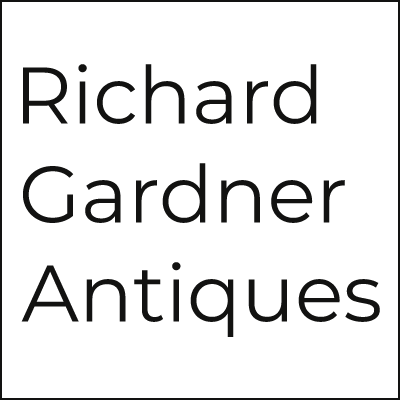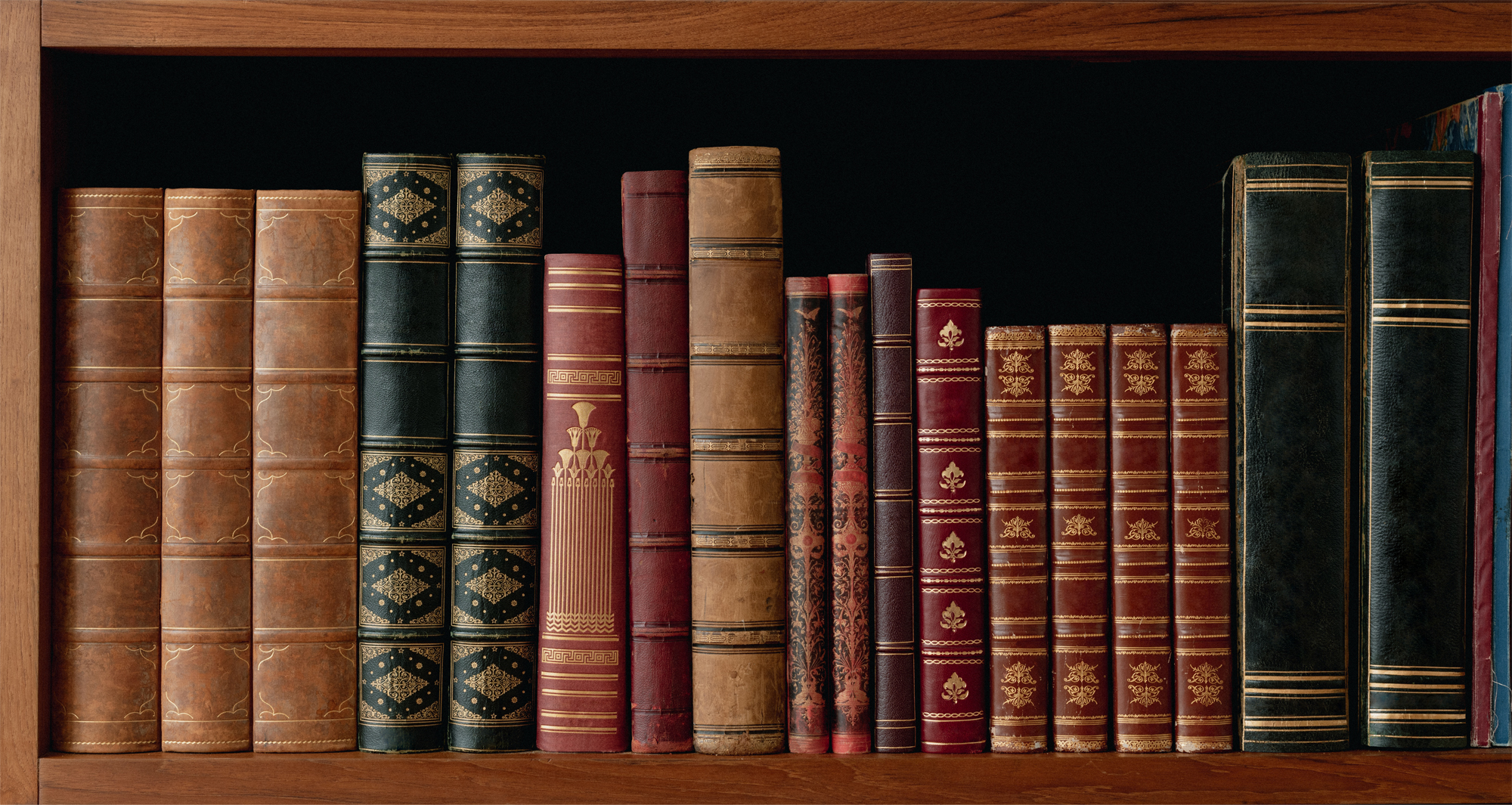J
Jackfield Ware Japanese lacquer cermics imitation originally produced at Jackfield in Shorpshire from C.1750. Can also be known as japanned ware, its covered in a glossy black glaze with gilded decoration. Astbury, Whieldon and Wedgewood also produced it.
Jacobean Period Reign of James I in England.
Jacob George (1739-1814) French master Menuisier, by the early 1780’s he was one of the leading chair makers in Paris. His work spanned the Louis XVI and Empire periods. His early Rococo work soon gave way to a Neoclassical Louis XVI style.
He worked for Fontaine and Percier before forming Jacob Desmalter & Cie in 1803 with his second son Francois.
Jacobite Glass Decanters, tumblers and wine glasses that were used for loyal toasts to James II and his descendants,
Roman Catholic Pretenders to the British throne. First produced in 1688 and engraved with mottoes, portraits and symbols of the Jacobite cause, and include an oak leaf, a caterpillar, a carnation and a thistle and a six or seven or eight petal rose representing the British crown. In 1770 the cause was lost, production of glassware ceased and ever since Jacobite glassware has been widely faked in particular in the late 19th Century.
Jacquet-Droz Firm of watch and automata makers. Pierre Jacquet Droz and his son Henri-Louis set up partnership in Geneva in 1787. They exquisitely decorated enamelled and automata watches in the first half of the 19th Century.
jade – General term for the minerals nephrite and jadeite. Nephrite, from Turkestan, Siberia and the Far East, is hard and translucent, and ‘rings’ when struck. It ranges in colour from white (the highly prized ‘mutton-fat jade’) to various shades of brown and green (‘spinach jade’), and has a greasy look when polished. Jadeite is rarer, harder and more easily fractured. It is dark green, emerald or variegated white with emerald, or green and lavender; the translucent emerald green ‘imperial’ or ‘true’ jade is the most precious form of jadeite. Both minerals are too hard to be carved with cutting tools and instead are shaped by abrasives. Nephrite figures and ritualistic implements have been sculpted by the Chinese from Neolithic times, but the 18thC was a particularly prolific period. At this time too, they began to work in jadeite, but mainly for items of jewellery. Real jade remains unmarked when scratched with a steel tip.
jambiyah – A curved dagger with a double-edged blade. It is a traditional Arab weapon but found in various forms from North Africa to Iran and from East Africa to western India. The jambiyah was often contained in an ornamental scabbard and tucked through a belt at the front of the body.
japanning – British term for imitation Oriental lacquer introduced in the latter half of the 17thC. Metal or wooden surfaces are coated with several layers of various gums such as shellac, as distinct from the resin of the Oriental lacquer tree which is used in true lacquer. High quality japanning is done with spirit-based varnishes which have a transparency that almost matches the finish of genuine lacquer. It can usually be distinguished from true lacquer by the Westernised designs and greater range of ground colours including black, dark green, and the British speciality of sealing-wax red. The initial spate of japanned cabinets, mirror frames and boxes at the end of the 17th and early 18th centuries was followed by a fashion for japanned longcase clocks 1720-70. Then there was a lull until the 18thC, when the Victorians revived the craft, especially in the form of japanned Ppapier m‚chÈ. See pontypool ware, bilston enamels, jackfield ware.
japonaiserie – European decoration copied from imported Japanese porcelain and lacquer. In the late 18thC, Japan patterns (see imari) appeared on British ceramics at worcester and derby. This fashion declined in the 1820s, but in the 1860s a craze for Japanese style swept every area of design.
jardiniËre – A term used for the ornamental container for a plant pot. Heavily moulded and glazed majolica jardiniËres, usually on a stand, were a feature of Victorian drawing rooms, and ornately wrought-iron versions combining table or stand with inset pot were also popular.
Jargon – See zircon.
jasperware – A smooth, matt-finish fine stoneware introduced by Josiah wedgwood in 1774. Jasperware was much imitated in its time, and is still produced today. It is unglazed, similar in texture to biscuit porcelain, and colours include tones of green, lavender, yellow or black as well as the famous ‘Wedgwood blue’, with relief designs in neoclassical style applied in white. The paste itself was stained with metal oxides such as cobalt to produce ‘solid jasper’, but after 1777, a coloured surface wash was applied to a white base resulting in jasper dip. Jasperware can be burnished to a glossy finish – which is sometimes seen on cups and bowls. It is mainly seen unpolished, however, in the form of vases, plaques, cameos and other ornaments.
Jazz Modern style – See art deco.
Jeanneret, Charles Edward – See le corbusier.
jelly glass – One or two-handled 18thC glass, usually with a long vase-shaped bowl and short stem, for serving a single portion of jelly or similar type of sweet dessert.
Jennens & Bettridge – English manufacturers of PAPIER-M¬CH… furniture and works of art, 1816-64. They patented a form of inlaid decoration in p‚pier-machÈ using coloured glass, ivory, mother-of-pearl, tortoiseshell and gemstones
Jensen, Gerreit – (fl. 1680-1715) Anglo-Dutch cabinet-maker, whose rich Dutch version of Louis XIV style influenced william and mary furniture. Jensen’s furniture was noted for its metal inlay marquetry that was similar to boulle work.
Jesuit ware – Chinese porcelain of the mid- 18thC often decorated en grisaille with Christian subjects meticulously copied from European engravings. The term is misleading, however, as many of the subjects were erotic and not always aimed at the Jesuit market.
jet – Black, glossy, fossilised wood – a very hard form of coal – that is carved and highly polished to make jewellery and ornaments. Jet has been used for decoration since the Bronze Age. It was mined extensively on the Yorkshire coast near Whitby and widely exported c.1805-75. It was popular for buttons and mourning jewellery in Victorian times. Spanish jet is softer and cheaper than the British form, and French jet is the term used for glass imitations.
jewel cutting – Process of shaping a gemstone to give it symmetry, and enhance its brilliance, beauty and value. The resulting shapes are either in smooth cabochon form or with many facets. Diamond and precious-stone cutting is said to have begun in Belgium in 1475. See box above.
jewel setting – 1 The mount in which a gemstone is set in a ring, pendant, brooch or other item of jewellery. 2 The style in which a gemstone is secured in a finger ring. In a closed setting the underneath of the stone is enclosed and may be backed with coloured foil to enhance its colour. In an open setting the underneath of the stone is exposed. In the 19thC several variations of the open setting were introduced and largely superseded the closed setting.
jewelled decoration – Ceramics decoration like brightly coloured gems, created by fusing drops of coloured enamel over gold and silver foil. The technique was employed at sevres c. 1778-86, and used in the mid-19thC at worcester, coalport and minton porcelain factories, though not always on a foil ground.
jewelling – Term that refers to the use of hard gemstones (usually synthetic rubies or diamonds) as bearings in watches or clocks to reduce the wear (and hence deterioration in timekeeping) caused by the pivots of cog spindles in their pivot holes. Jewelling was first patented in London in 1704, and was a jealously guarded secret among British makers well into the 18thC. As a result it is not generally found in continental watches until the 19thC,
Joel, Betty – (1896-1985) British furniture designer who, with her husband David, designed simple, functional furniture for wide domestic use in the 1920s ó often in teak or oak, but also in exotic woods such as Indian laurel and silverwood. Pieces have the date of manufacture, the name ‘Joel’ and the name of the craftsman on a card fixed behind glass.
Johnson, Thomas – (1714-78) British furniture-maker, designer, carver and gilder in Rococo style. He published several pattern books of elegant display pieces, such as mirror frames, candlesticks and side tables.
joined stool – 16th-17thC, four-legged oak stool with pegged joints, turned legs and a deep apron.
joined table – See refectory table. panelled construction
joining – Technique of fitting pieces of wood together to the standard required in furniture-making. The words joined or joint indicate that a piece has been constructed using mortise-and-tenon or dovetail joints, rather than pegged with wooden dowels or iron pins at the angles, as in boarded construction. In the 16thC came panelled construction – panels held in grooves cut into vertical timbers called stiles (at the comers) and muntins, and horizontal timbers, or rails. By the end of the 15thC the mortise-and-tenon joint was in general use in furniture construction. Two sections of wood are joined at an angle by means of a projecting tenon, which fits into a cut-out section of corresponding shape and size called a mortise. A tenon ridged on one side only is known as a barefaced tenon, whereas a barefaced tongue refers to a join where the protruding ‘tongue’ of wood fits flush on one side of the join. Two pieces of wood can be joined at an angle by means of wedges or dovetail-shaped projections in one piece fitting into corresponding cut-out sections in the other. This is known as a dovetail joint. A through’ dovetail shows through the front of the piece of furniture, resulting in a slightly uneven surface for veneering. A refinement of the through-dovetail is the stopped or lapped dovetail in which the jointed wood does not show on the outer surface of the furniture.
Jones, Inigo – (1573-1652) Leading classical architect of the Jacobean period. Many of his buildings are the earliest in British architecture to adopt Classical themes, and his ideas had considerable impact on the work of later designers such as William kent and Robert Adam.
Jones, Owen – (1809-74) British designer, architect and writer who influenced Victorian decorative styles and the art nouveau movement. Following visits to the Middle East and Spain, Owen popularised the mathematical structure and stylised natural forms of islamic and HispANO-MoRESQUE styles in his book The Alhambra, and world design in Grammar of Ornament. Jones’ influence extended to Christopher dresser and Frank Lloyd wright.
jufti knot – See carpet knots.
Jugendstil – Name of the German art nouveau movement, which peaked 1896-1900. It is named after a Munich magazine called Die Jugend (Youth). The style incorporated languid, stylised flowers and figures in its early stages, and later showed a more geometrical tendency inspired by British designer Charles Rennie mackintosh.
jumping jack – Wooden or cardboard doll, known as a pan tin in France, and Hampelmann in Germany, with a length of string hanging between the legs which is connected to each loosely jointed arm and leg. When the string is pulled the limbs jerk upwards and outwards. Jumping jacks have been made from the late 17thC.


